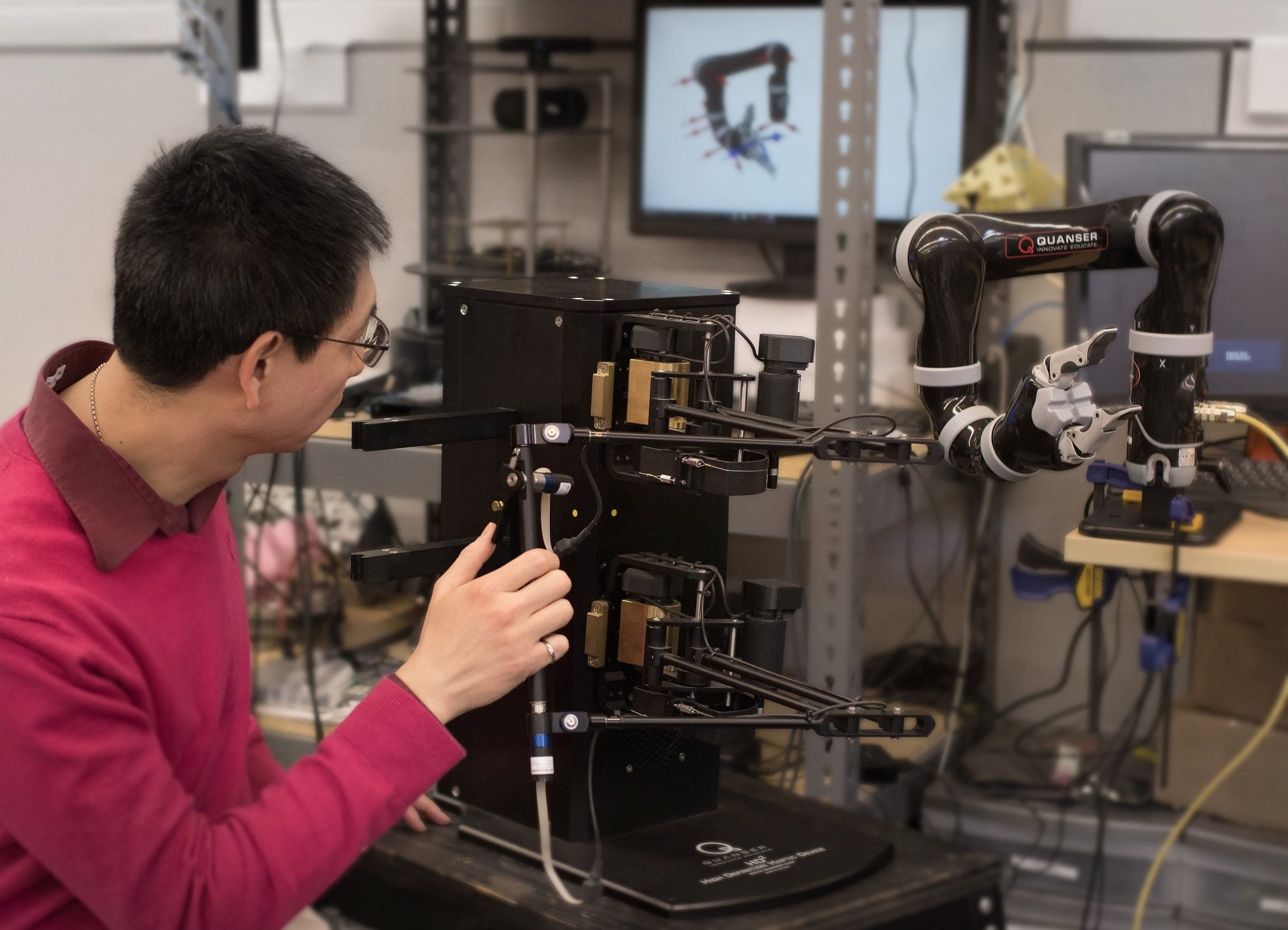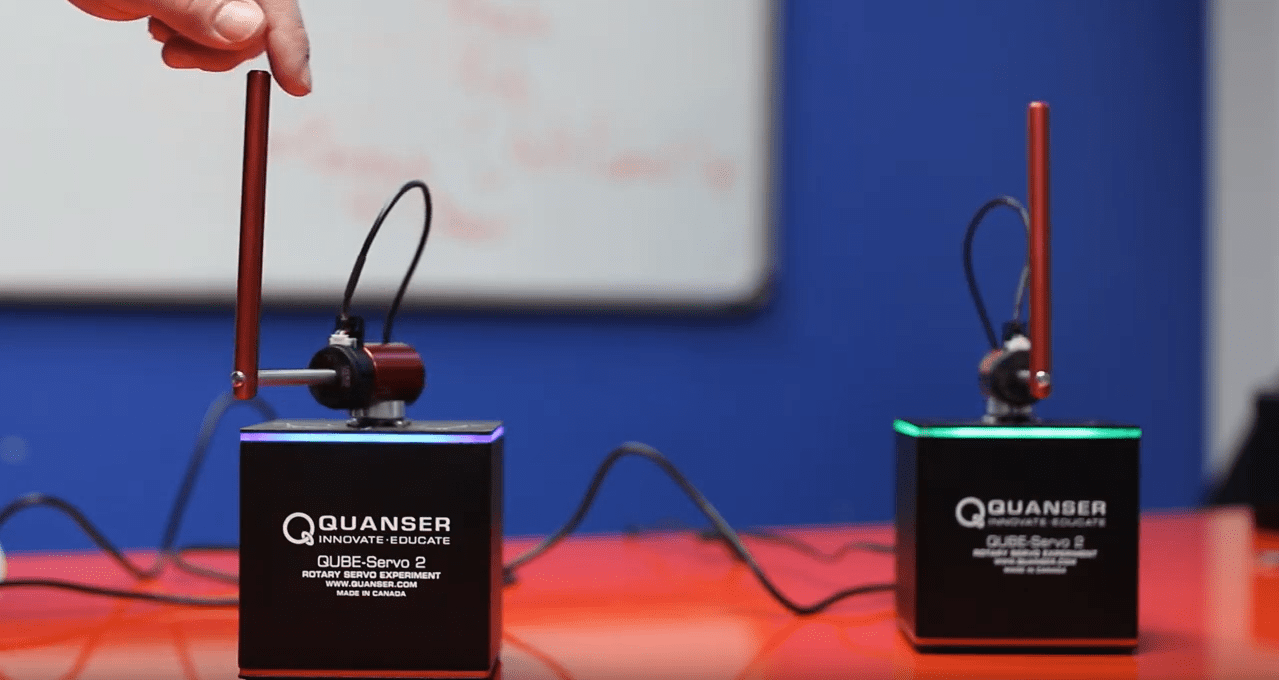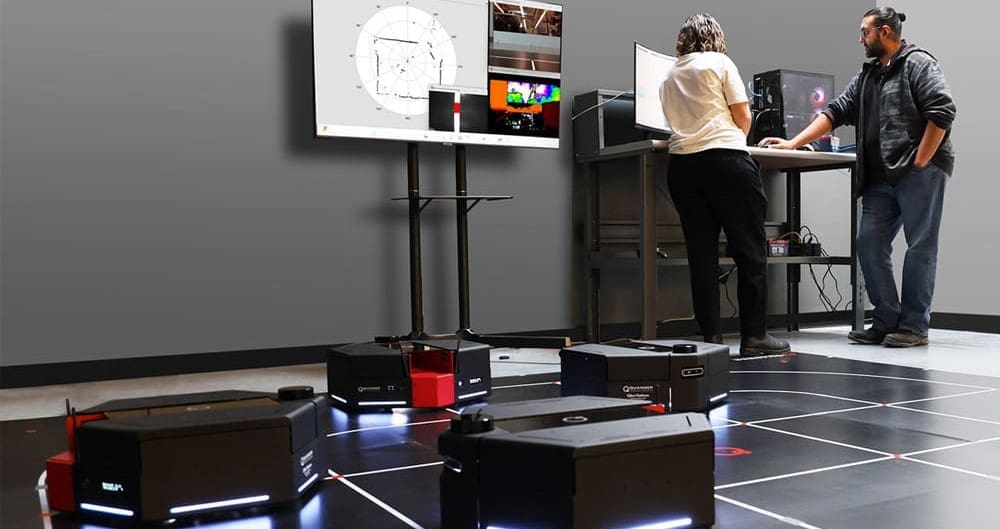
When attending this year’s American Control Conference (ACC), one of the special sessions caught my attention. The National Science Foundation (NSF) invited junior faculty and researchers to a presentation titled “Getting Funded by NSF: Proposal Preparation and the Merit Review Process” to help them navigate the NSF grant proposal preparation and submission process. Since my colleagues and I at Quanser often collaborate with professors and assist them with their grant applications, I wanted to get more insights straight from the source.
Dr. Irina Dolinskaya, who delivered the presentation, is one of the NSF program directors in the Division of Civil, Mechanical & Manufacturing Innovation (CMMI). She is responsible for the Operation Engineering (OE) and Dynamics, Control and Systems Diagnostics (DCSD) programs. I found the session was a great introduction to the evaluation process at NSF. The hour-long session did not allow Dr. Dolinskaya to cover all the details, but anyone new to the process walked away with a few major takeaways. Here are a few items I think would benefit anyone applying for NSF funding:
Select the Right Funding Program
Researchers are not allowed to submit the same proposal to the NSF more than once. Duplicated, or similar proposals are rejected without review. The NSF program directors have access to ALL proposals submitted to NSF. They also have tools at hand to compare the proposals across all NSF programs, and flag any “similarities.”
That means selecting the correct program to submit your proposal to is critical (for unsolicited proposals – specific solicitations have their own requirements). Even if your proposal is really good, but you submitted it to a program the mandate of which is not reflected in the proposal, it will be rejected. The program directors don’t refer or forward such proposals to each other. And since you cannot submit the same proposal to NSF (not even to a different program), you have to write a completely new one from scratch.
The recommendation for the principal investigators? Reach out to the director for the program you wish to submit your proposal to with a one-page summary (a white paper) first. You can also give the director a call. The program director can tell you if the proposal would fall under their program. If the response is negative, re-think the proposal or consider submitting it under a different program.
Good news: no deadlines for general unsolicited programs
While deadlines remain for specific/solicited funding programs, starting on August 15, 2018, there will be no deadline for submitting funding proposals for the general unsolicited funding programs. These proposals will then be evaluated as they come in. The process can take up to 8 months, from the first contact with the program director, through the proposal submission, its review, and approval, until the principal investigator is notified.
By removing submission deadlines for core/unsolicited programs, the NSF wants to encourage principal investigators to submit their proposal when ready, rather than rushing the submission based on arbitrary deadlines. This should ultimately translate into less number of research proposals, but higher quality.
So what happens if the proposal is submitted later in the fiscal year and the program funding might have run out by then? If the proposal is considered worthy, it won’t get rejected. The program directors would hold back the decision until the next fiscal year.
Winning NSF grant proposals focus on research, not development
The NSF focuses on funding basic research, not development. So if you propose to develop a product (program, device, …), you will have little chance for success. But if your research strives to answer a fundamental question, or confirm a hypothesis, it will be considered. Such a proposal can include getting the equipment needed to carry out the research.
The broader impact of your work
One key emphasis and mandate for NSF is education and training. That includes support for junior researchers – graduate students and junior faculty members, as well as the support of outreach activities. While almost every proposal the NSF receives includes some outreach, it should be carefully considered too. The outreach activities you include in the proposal should be tied, directly related, or relevant to the proposed research activities.
Write the proposal for your peers
When writing the proposal, keep in mind its “audience” is the group of reviewers. And these reviewers are your peers, working in the same field. As with any peer-reviewed materials, it is a good idea to “help” reviewers quickly understand the basic idea of your research. Highlight for them what is the expected contribution/impact of your work right at the beginning of the proposal. Reviewers’ time is limited. They generally have 6-8 proposals to review, so they will definitely appreciate your to-the-point outline of these areas.
On the reviewers note: there’s no better way to learn about the evaluation process than to become a reviewer yourself. The NSF always welcomes volunteers to help with proposal reviews. In return, what you learn about the proposal submissions and review process could help you with your own application.
Get extra help
On its website, the NSF provides a lot of materials to guide you through the process of preparing and submitting your proposal. But you can also leverage partners like Quanser. My colleagues and I in the R&D and business development teams have a lot of experience from working on research projects funded by various governmental bodies, such as NSERC (the NSF equivalent in Canada), DRDC (a DoD-type body), and helping our partners from academic institutions around the world with their proposals. On our research proposal page, you can find more details on how you can take advantage of our technical expertise and give your proposal a better chance to succeed.




